Fused Deposition Modeling 3D Printing Market Summary
As per MRFR analysis, the Fused Deposition Modeling 3D Printing Market was estimated at 18.58 USD Billion in 2024. The Fused Deposition Modeling 3D Printing industry is projected to grow from 20.89 USD Billion in 2025 to 67.41 USD Billion by 2035, exhibiting a compound annual growth rate (CAGR) of 12.43 during the forecast period 2025 - 2035.
Key Market Trends & Highlights
The Fused Deposition Modeling 3D Printing Market is experiencing robust growth driven by technological advancements and increasing applications across various sectors.
- North America remains the largest market for Fused Deposition Modeling 3D printing, showcasing a strong demand across multiple industries.
- The Asia-Pacific region is emerging as the fastest-growing market, fueled by rapid industrialization and innovation in manufacturing processes.
- Thermoplastics dominate the market as the largest segment, while photopolymers are gaining traction as the fastest-growing segment due to their versatility.
- Rising demand for customization and advancements in material science are key drivers propelling the market forward.
Market Size & Forecast
| 2024 Market Size | 18.58 (USD Billion) |
| 2035 Market Size | 67.41 (USD Billion) |
| CAGR (2025 - 2035) | 12.43% |
Major Players
Stratasys (US), 3D Systems (US), Ultimaker (NL), MakerBot (US), Prusa Research (CZ), Raise3D (US), FlashForge (CN), Anycubic (CN), LulzBot (US)


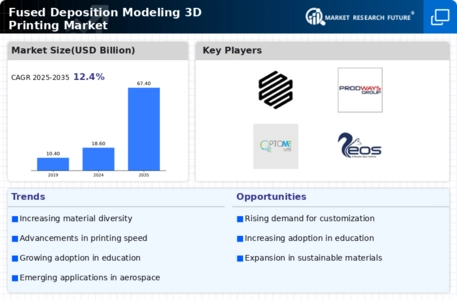

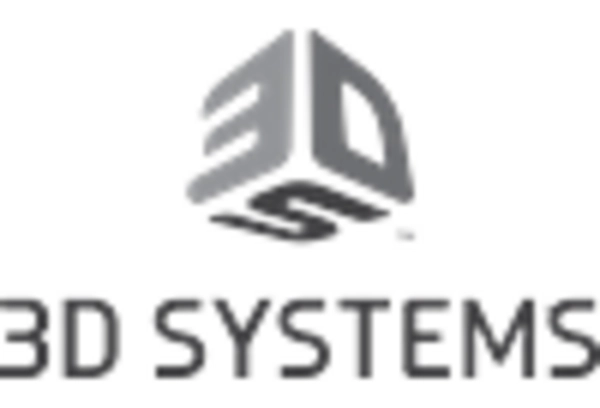
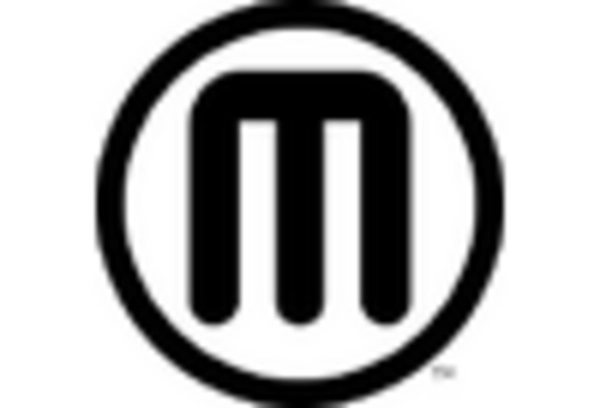
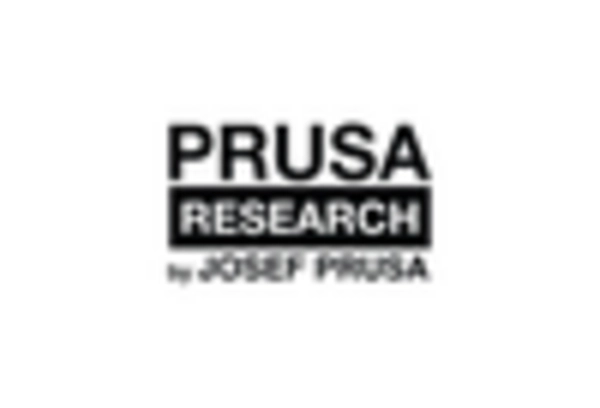
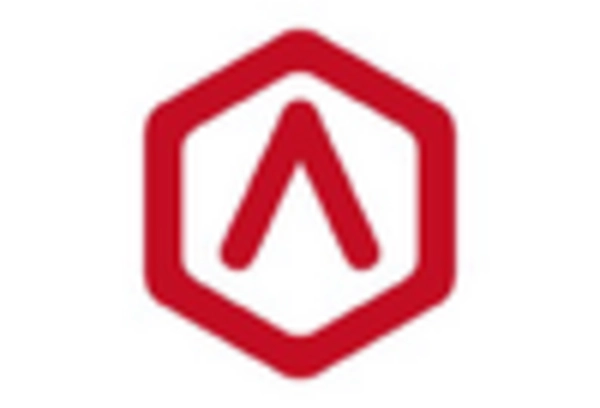
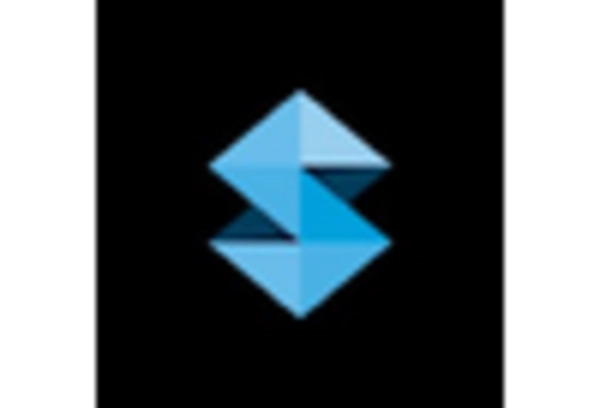









Leave a Comment